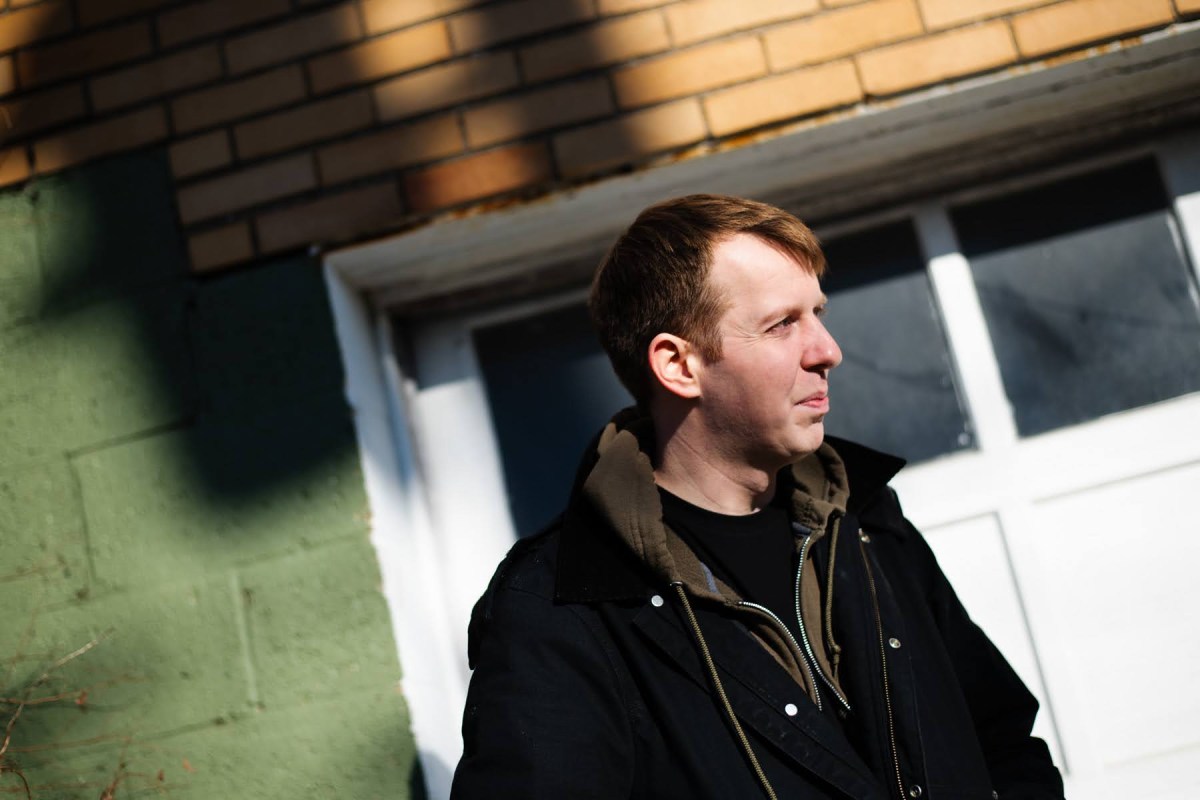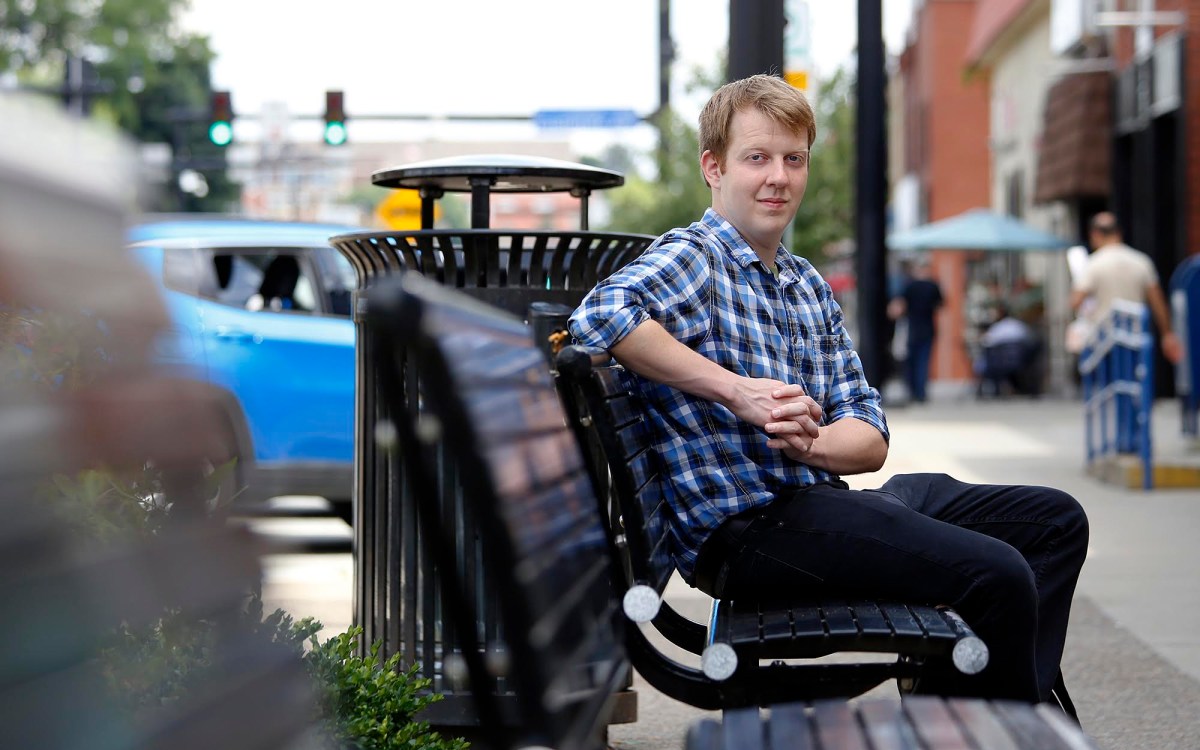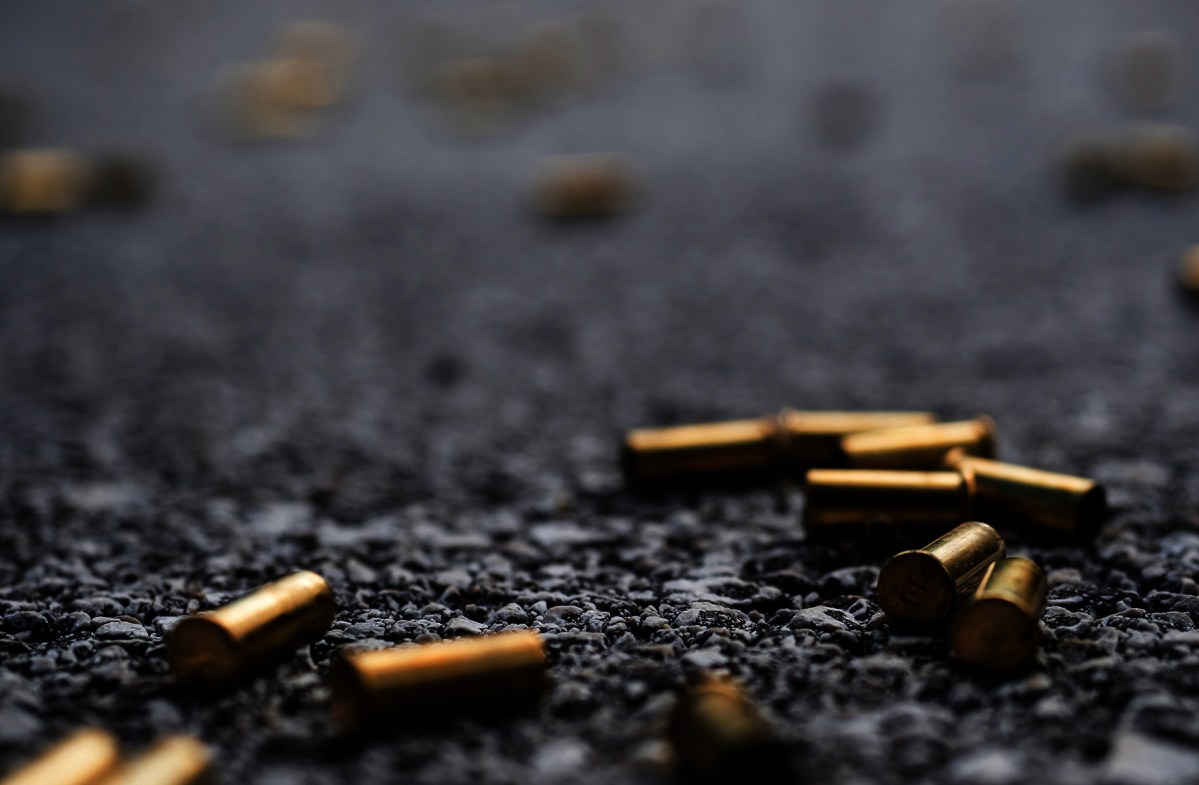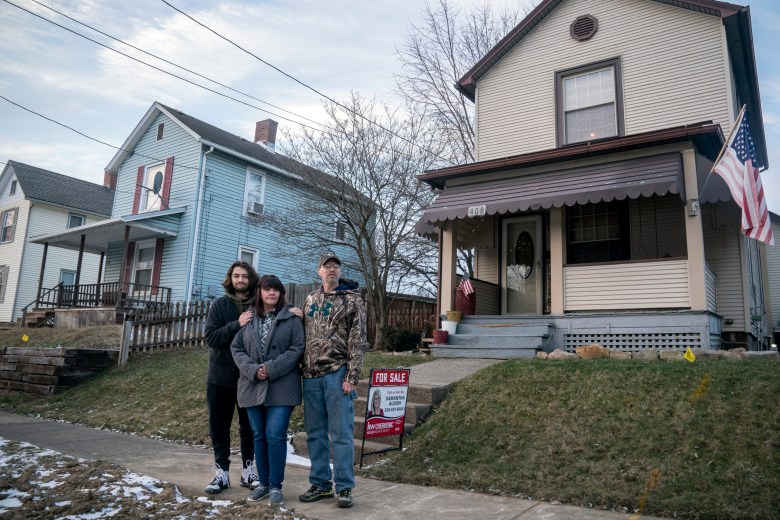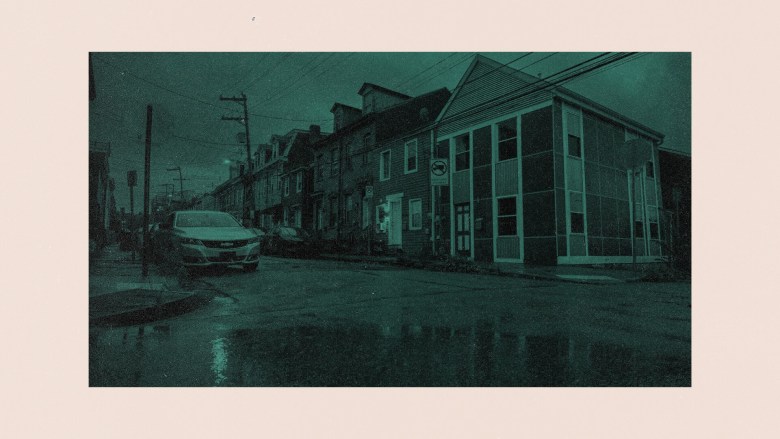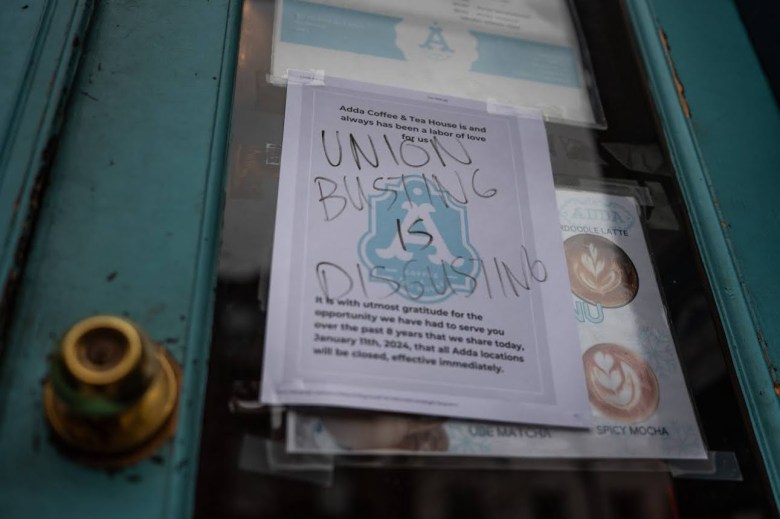A few months prior to my 20th birthday, as I was waiting and hoping that my younger brother would wake up from his cancer-induced coma, I found out I had been accepted at Wheeling Jesuit University in West Virginia.
Since age 16, I had been working at a Giant Eagle to help support my family. Neither of my parents had bachelor’s degrees and there were zero expectations in my house that I’d go to college. I figured that if I didn’t go to college soon, I’d never get the hell out of that stock room and away from the chronic back pain it inflicted. I had applied to the only two colleges I knew anything about, WJU (now Wheeling University) and the later-discredited Art Institute of Pittsburgh, intending to enroll at whichever accepted me first, if either of them did.
I had missed nearly 115 days in high school, some of which were due to an emergency medical condition greatly worsened by doctors’ refusal to listen to my mum or me, resulting in an amputation. Other times I skipped because of how I was treated at school. I’d been tardy nearly 95 times, had countless detentions, and graduated with a 2.07 GPA and a 470 on my SAT.
A school staff member used to tell me that my “kind of people don’t go to college” and most of my peers at my suburban, Catholic high school either ignored me completely, called me and my family “poor white trash,” or mocked my appearance and heavy Pittsburgh accent. All throughout high-school, I was called lazy, stupid and ignorant by other students and even by several teachers. When I showed up for school, I’d sometimes deal with it by sneaking a swig of booze or popping Valiums that my mum gave me.
Fifteen years after that acceptance letter from WJU came through, I’m a data analyst, dedicated to understanding and addressing poverty, segregation, affordable housing and community violence.
On the way, I’ve developed a clear understanding that white poverty tends not to come with the additional, deep racism-based challenges that often come with Black poverty – though white poverty can be similarly grinding in places like rural Appalachia, the deep rural South and parts of the Rust Belt. But that understanding didn’t happen overnight. I’ve learned that while racial disparities are stark on their own, they’re often intertwined with class and other identities.
Given this, when policymakers work to address challenges like poverty, they must be aware of the ways race, class, gender and other identities intersect so that they can tailor solutions to address the different challenges that tend to be experienced by different groups — including low-income white people.
Disparities between Pittsburgh neighborhoods persist. This project tries to understand why.
A poor kid’s response to ‘white privilege’
My parents moved us from Carrick to Brookline when I was little, in hopes of keeping us away from gun violence. They sacrificed what little money they had, “robbed Peter to pay Paul,” and had us kids write letters pleading for financial aid to the Catholic bishop of Pittsburgh to attend Seton La Salle High School in Mount Lebanon. They wanted us to be safe and get a Catholic education, and had concerns about us going to Brashear High, which was Brookline’s Pittsburgh Public Schools feeder school.
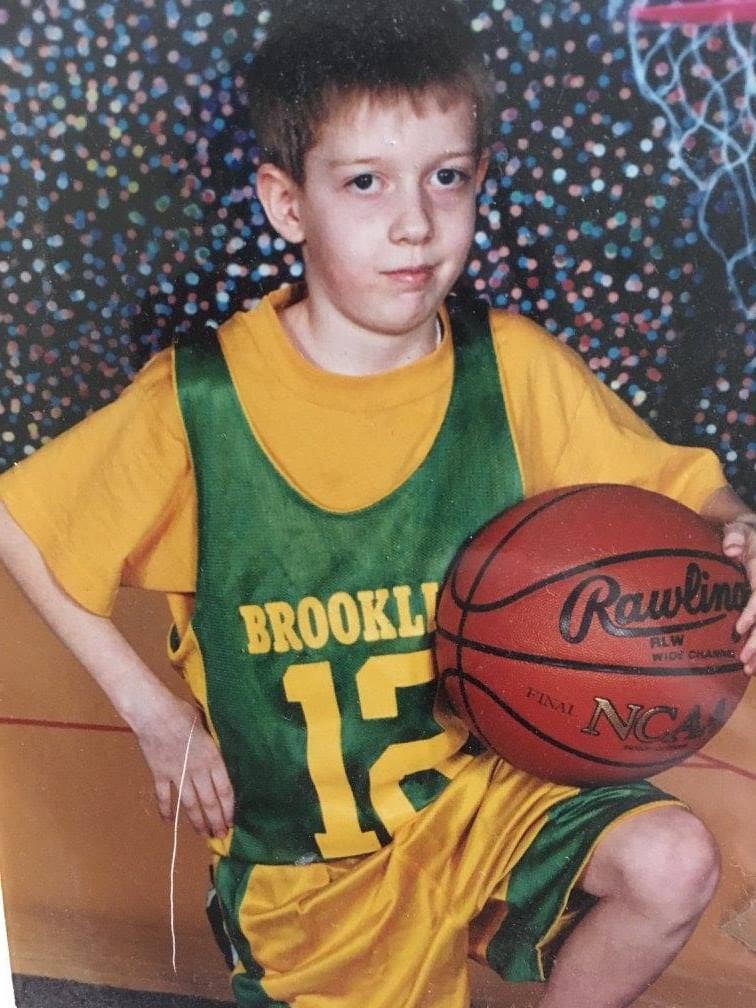
Still, I didn’t always feel very safe at Seton or in my own home during much of high school. My parents did, and do, many loving things for me but also repeated the cycles of abuse they themselves were exposed to. Outside of the bullying and isolation at school, I was exposed to significant trauma in my home. As a result, our house was frequently visited by police.
Police also had a tendency for following me around stores and harassing me. Once, an officer even kicked in a stall door that bashed into my head when someone falsely accused me of doing drugs in a carnival bathroom.
When the time came to start at WJU, my Pell Grant and other financial aid left a few thousand in tuition to pay. Around the same time, my dad lost his job and never regained full-time employment. We only hung on to the house because of Obama’s unemployment extension, my mum’s disability and my younger brother’s Supplemental Security Income from having cancer. But they didn’t have anything to help me, so I asked the priest who baptized me at the now-closed Saint Canice in Knoxville to lend me the money, and he did. My dad and brother dropped me off at WJU with a single pillow, my guitar and one backpack full of clothes.
Adapting to being a college student was hard at first. I spent the first few weeks trying to collect unemployment from the just-closed Giant Eagle where I had worked, and hearing about the problems at home on my flip phone. Academically, I didn’t know what paragraph breaks were, so my first submitted essay was a single wall of text. I went through college without a computer.
But I made lifelong friends immediately. The son of an unemployed electrician, I felt included among classmates who were the sons and daughters of coal miners and tradesmen. Many of the professors were from Appalachia and cared deeply about first-generation college students. I had a bed again (my mattress at home got maggots, so I’d been sleeping on the floor) and a meal plan, which meant I didn’t have to worry about food stamps running out or having to steal food from Giant Eagle to eat lunch.
Given my life experiences and how hard (and lucky) my road to college was, when a middle-class white student in my psychology class said something like, “white people don’t experience real poverty,” I pushed back. And when they then told me to “check my white privilege,” I could barely keep from blurting out: “What the fuck did you just say?” Comments like that initially made me allergic to conversations about privilege.
Black communities are disproportionately hurt by gun violence. We can’t ignore them.
Blaming poor people for poverty
I was slightly above, at or below the poverty line from birth until age 29, so my understanding of the advantages of being white came slowly and through meaningful exposure to people with different perspectives and life experiences.
It came through self-reflection on what I’d seen in my own life, a growing understanding of what many of my poor Black peers faced, and, importantly, an intersectional and non-shame-based approach to conversations about privilege and the history of discrimination in the United States.
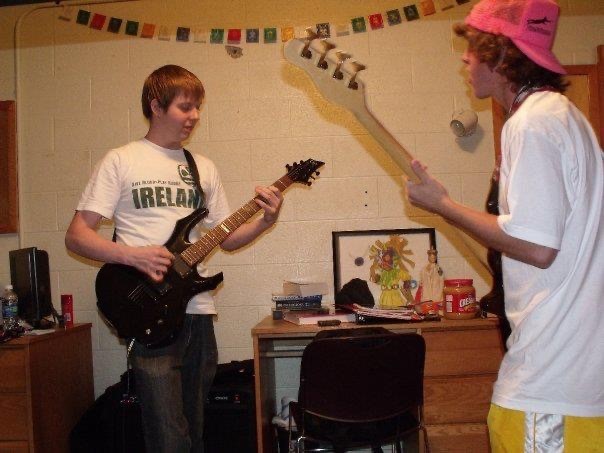
This all culminated in a major belief change in 2014, when I read Ta-Nehisi Coates’ “The Case for Reparations,” which affected me because it was coming from a Black man who grew up poor and reflected data, plus experiences, that connected with mine.
Building off much of the existing research cited in Coates’ essay, Opportunity Insights of Harvard released a landmark study on race and income mobility. It found that when accounting for race, class and gender, poor Black and Indigenous Americans had significantly lower average incomes in adulthood when compared to their poor white and Asian peers, and poor Latinos fell somewhere in the middle.
While the study shows that lower-income people of all races tend to do worse than their peers of the same race who did not grow up in poverty, it also makes clear that class alone doesn’t explain gaps between the outcomes of poor children of different races. The study proposed two primary factors: racial bias against Black people and the neighborhood context in which low-income Black children tend to grow up.
Here in Allegheny County, 73% of poor Black families reside in our higher need census tracts, along with 22% of poor white families and 14% of poor Asian families. Poor white and Asian families mostly reside in lower-need working-class and middle-class neighborhoods, unlike their poor Black peers.
As I wrote in a previous essay for PublicSource, our neighborhoods look the way they do because of the causes (structural racism) and consequences of persistent racial and economic segregation, in addition to the massive impact of deindustrialization. While I grew up poor, I did so primarily in a low-poverty, working-class, relatively safe neighborhood. Most of my poor Black peers are disproportionately exposed to concentrated poverty and gun violence and I strongly argue we cannot ignore them. Exposure to gun violence may be one of the most important factors that explain why neighborhoods matter in affecting life outcomes.
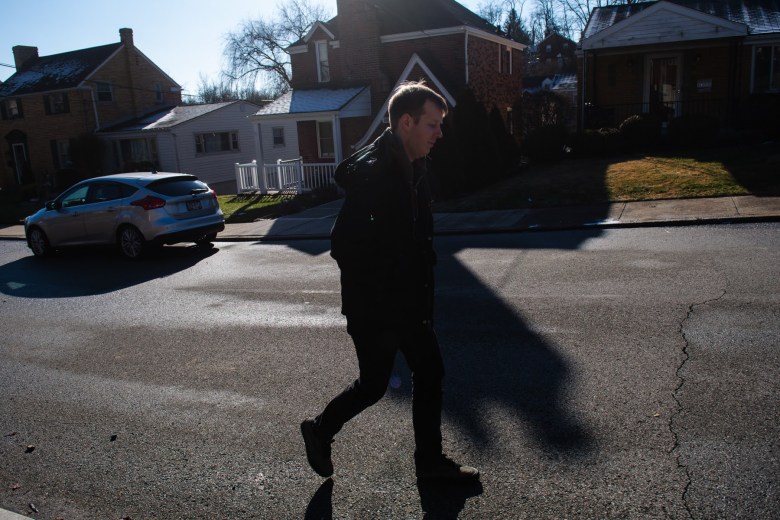
Despite being low-income, and after moving us from rental to rental, my parents were able to get a mortgage for our house in Brookline, an easier lift because they are white. Government programs kept the family afloat. Additionally, attending a college like WJU and meeting mentors there who held me to high expectations and supported me undeniably helped me eventually rise out of poverty. While the classism I faced throughout middle and high school was challenging (and would have been even harder if I was poor and Black), getting to attend a low-poverty school was still of huge benefit to my social mobility.
While it took tremendous efforts to go from lifelong poverty to middle-class researcher, I rose out of poverty not because I worked any harder or was any smarter than poor peers, but because I was exposed to enough protective factors and got lucky at various points in my life.
With all this context in mind, I still think it’s important to talk about and understand white poverty in its own right and in a way that doesn’t invalidate and dismiss its challenges, especially in the current political reality.
In my experience, politicians on the political right — from former poor people like Ohio Sen. J.D. Vance to generationally wealthy people like Donald Trump — tend to exploit poor white people when they are politically useful, but otherwise demonize them and do little to address poverty. And people on the political left tend to acknowledge the systemic drivers of poverty for every marginalized group except poor white people, but at least they tend to support the social safety net more broadly.
Recent research published in the Journal of Experimental Psychology found that social liberals, when prompted to reflect on white privilege, had reduced sympathy for poor white people and were more likely to blame them over external causes for their challenges. Liberals showed higher levels of sympathy for other poor groups. On the other hand, conservatives expressed low levels of sympathy for all low-income people. My experience is that neither political conservatives nor liberals tend to look at the very real external causes of white poverty. They blame poor white people for supposed personal failures.
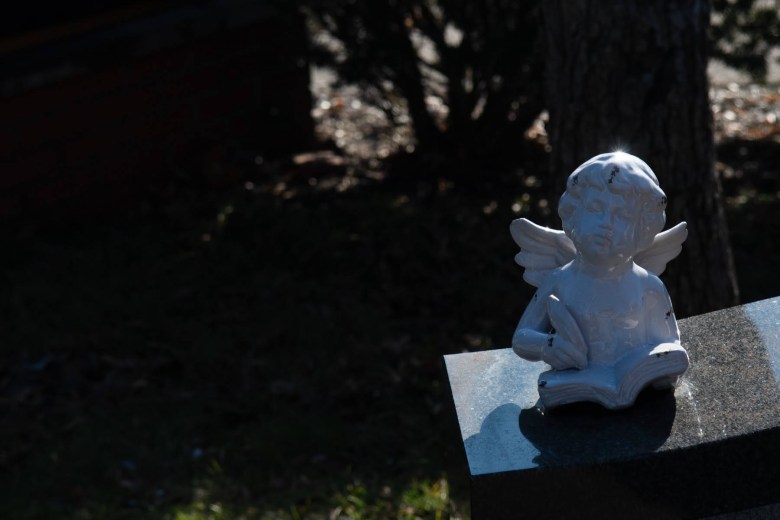
Addressing learned biases and better understanding privilege, call for an intersectional approach that acknowledges how different, intersecting identities shape our experiences and outcomes. If a conversation or research study doesn’t minimally include the intersecting realities of race, class and gender, then that conversation or research is insufficient and incomplete. Just as poor Black people tend to experience additional hardships to those experienced by upper-income Black people, being poor and white is incredibly distinct from being upper income and white, so looking at race alone is not enough.
There also is a lack of understanding of the volume of white people who experience poverty. Here in Allegheny County, according to the Census Bureau’s American Community Survey, the white poverty rate in 2022 was 8% and the Black poverty rate was 31%, which reflects the realities of structural racism. At the same time, there are more poor white people in the county than any other group: more than 73,000 poor white people and around 43,000 poor Black people. Nationally, most poor people are white, with over 17 million white, non-Hispanic people living in poverty.
Policymakers have to understand the full scope of poverty and how it intersects with race to properly address disparities across groups and serve all those in need.
Closely intertwined with the enduring reality of racism in America is the enduring reality of classism, reflected in the slur “white trash.” As documented in Nancy Isenberg’s book “White Trash,” people coming to the New World from England during the colonial era weren’t primarily escaping religious persecution and the monarchy, but rather shipped over because British elites saw America as a trash bin for England’s poor when starvation, incarceration or war didn’t dispose of them.
Surrounded by populations of white people brought over as indentured servants and Black people transported into slavery, wealthy whites, terrified of a united rebellion, have exploited the construct of race to divide and control poor people since the colonial era. According to Isenberg, the general landlessness of America’s white rural poor, meanwhile, led to a series of slurs that are still openly used to this day: waste people, redneck, hillbilly, white trash, clay eater, cracker and trailer trash, as just some common examples. Given how often I still hear them used, they seem to be considered acceptable, even on the political left.
Throughout America’s history, poverty has been wrongly viewed as hereditary, not the result of structural barriers. As part of the eugenics movement of the early 1900s, forced sterilization was used to control “undesirable” populations, which included women of color and poor white women. And while discriminatory voting, housing, lending and land use laws throughout U.S history took clear aims at disenfranchising Black people, they also impact poor people of any race, though not equally.
Such thinking has seeped into political discourse on all sides, with poor white people viewed as part of a group of deplorables. Even today, most of the discourse on the 2016 election results blames poor and working class white people for the election of Donald Trump, even though exit polls show he was mostly elected by middle- and upper-income white people.
Collaboration between residents and police can reduce gun violence. But trust is crucial.
Statistical truths, individual experiences
In 2022, West Virginia — where my classmate had denied white poverty — was 90% white and the third-poorest state. Its second-poorest county, McDowell, is 90% white and has the state’s highest suicide rate, America’s highest opioid overdose rate among counties according to the Centers for Disease Control and Prevention, and the nation’s lowest county life expectancy, the latter statistic on par with Iraq.
Here in Allegheny County, most Black people live in our higher-need neighborhoods, which is not true of any other racial or ethnic group. At the same time, there are nearly as many white people in our higher-need neighborhoods as Black people — around 76,000 white people and around 82,000 Black people. While need is most concentrated in our Black neighborhoods, there is also high need in mixed-but-majority-white neighborhoods in Pittsburgh’s South Hilltop, McKees Rocks and steel towns throughout the Mon Valley. These are neighborhoods where low-to-moderate-income people of different races are exposed to challenges like gun violence, pollution, economic isolation, food deserts, transportation barriers and more, a fact that may get overlooked.
I was poor or near poor from birth until about six years ago, when I landed my career as a researcher after graduating from Carnegie Mellon’s Heinz College (an aggressive culture shock for me given that two-thirds of students come from the top fifth of the income distribution). Despite my own economic mobility, the consequences of poverty and trauma still impact me to this day. I also have had to deal with years of people invalidating my experiences or demonstrating a lack of empathy toward poor white people.
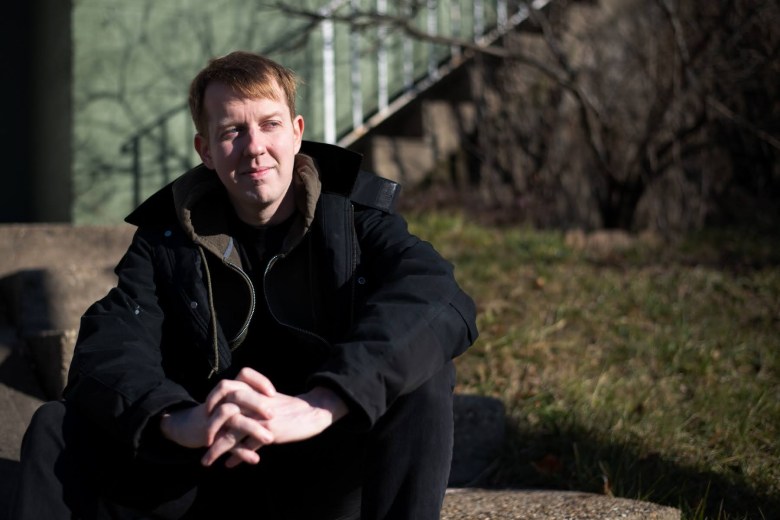
This approach didn’t work in teaching me about the reality of racism, and it doesn’t help build coalitions across race and class to abolish structural racism, classism and other forms of discrimination. But exposure to intersectionality and approaches that combine empathetic listening with highlighting our shared humanity did and do work, and as a result, I’ve dedicated my adult life to addressing the causes and consequences of persistent racial and economic segregation.
We need to recognize and separate statistical truths from individual ones. One should never assume what someone’s life experience is without getting to know them. Individual experiences can and do stray from statistical averages. If someone has a bias or a lack of understanding about how intersecting identities tend to shape outcomes, we should educate in a way that acknowledges these identities and expose people to these ideas in ways that are effective, not confrontational.
We should care about eradicating poverty for people of all races, with an understanding that individuals from different groups tend to require different levels of support, given the reality of structural discrimination. To do that, we need diverse anti-poverty coalitions across race and class, not silos.
Nick Cotter is a researcher with Allegheny County and the creator of the Pittsburgh Neighborhood Project. He can be reached at pittsburghneighborhoodproject@gmail.com. The views expressed in this piece are those of the author alone. This piece does not reflect official views of the Allegheny County Department of Human Services. You can follow the Pittsburgh Neighborhood Project here.

